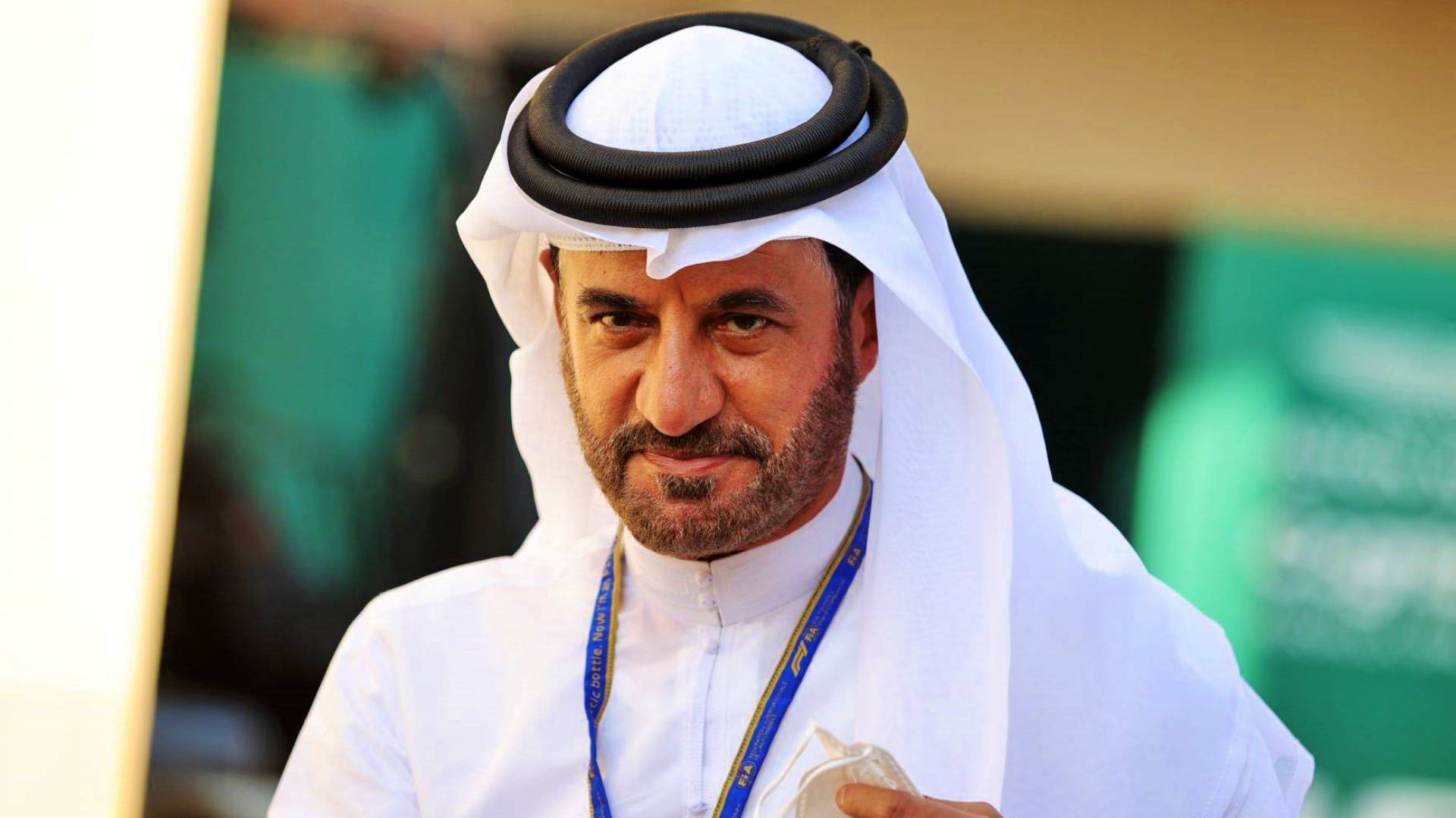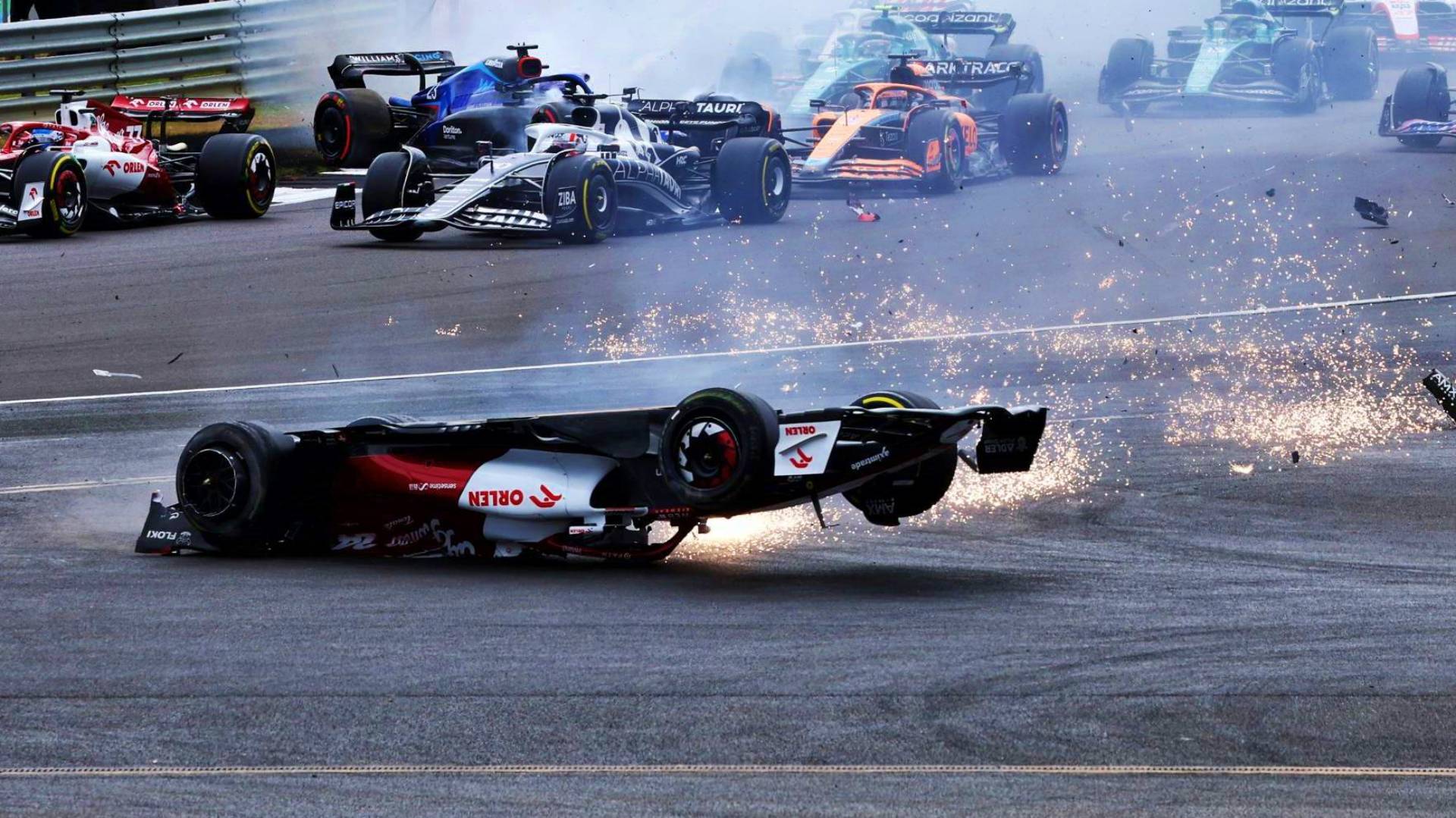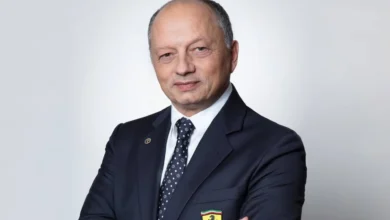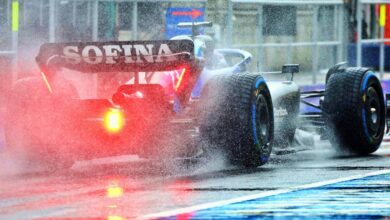
The president of the FIA, Mohammed Ben Sulayem, had announced last week that the Federation would intervene in the phenomenon of porpoising and it did. Among the biggest news that the World Motor Sport Council communicated on Tuesday 16 August, there are a series of measures aimed at limiting the hopping phenomenon that emerged with the new generation cars at the beginning of the 2022 season.
Specifically, the height of the bottom edge, which passes to 1.5 cm(a less penalizing value for teams like Red Bull and Ferrari, who feared a choice of 2.5 cm), and above all, it was established that from 2023 a sensor will be introduced that constantly keeps this parameter at bay. ” Safety is the top priority of the FIA ”, explained the president in the press release. ” We have dedicated significant time and resources to solving the porpoising problem, I have spoken with all the teams and drivers, and although some differences remain, it is clear that the FIA must act and ensure that the drivers are not put at risk of injuries due to porpoising ”.
ROLL HOOP
The World Council has also introduced changes to the roll-hoop of the single-seaters, the component that did not work in the accident that occurred to the Chinese driver of Alfa Romeo Racing, Guanyu Zhou, after the start of the Grand Prix. Brittany to Silverstone. The investigation carried out on the accident analyzed how the break was caused by the pointed roll hoop that dug the asphalt until it gave out completely, so from 2023 their design will be softer and more rounded, while a new crash will be introduced. the specific test for this area with all probability by the 2024 season.
POWER UNIT

The most important changes, however, concern the engines which in 2026 will be different from the current ones, with a view to the zero emissions goal that Formula 1 has set itself to reach in 2030. First of all, a specific budget cap will be introduced on the power Unit starting from January 1, 2023, ie 95 million dollars a year, which will rise to 130 by 2026. The engines will still be V6, but no longer supported by the MGU-H which will be abolished, while we will proceed with the standardization of some components (injectors and temperature sensors).

Some key elements will have to undergo established measures, such as pistons, crankshaft, cylinder head, valves, and position of the injectors and turbine. The fuel flow will be reduced to limit the power of the internal combustion engine to 400 kW while the ERS will be upgraded up to 350 kW. Finally, in 2026, the power units that each driver can use before incurring the penalty will go from 3 to 4. ” The FIA is carrying out an innovation and sustainability project – explained Ben Sulayem – the regulations on the new 2026 engines are the most important example of this mission. We want to introduce advanced technology as well as synthetic and sustainable fuels, all to offer benefits to road car users and achieve the goal of zero carbon emissions by 2030. ”





